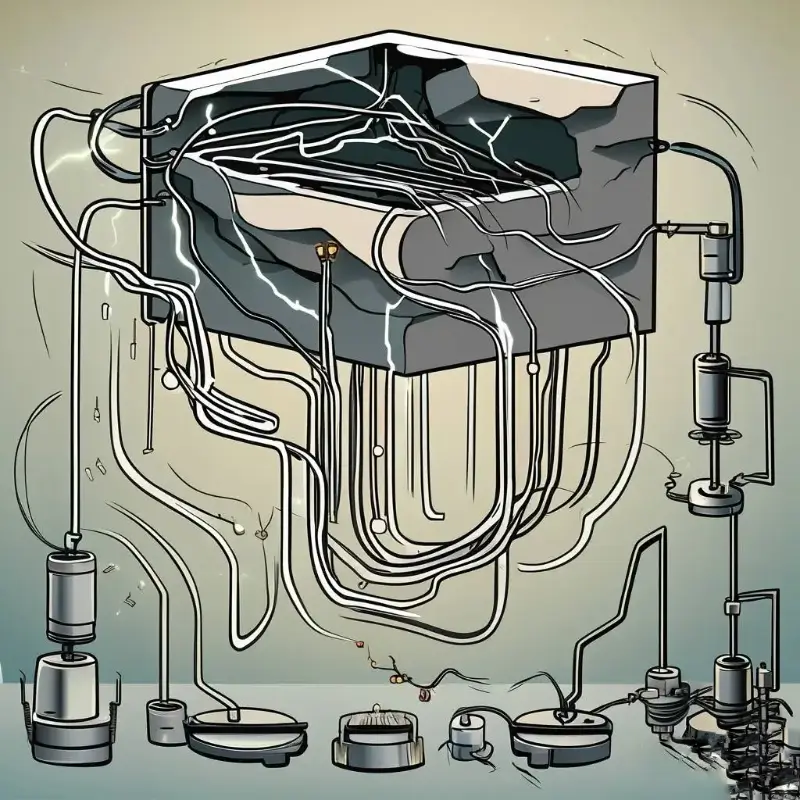why do metals conduct electricity?
Metals conduct electricity because they have free electrons that can move through the material easily. To understand why metals have these free electrons, we need to look at their atomic structure.
Metals are made up of atoms that are packed closely together in a regular pattern. Each atom has a nucleus with protons and neutrons, and electrons orbit around the nucleus. In most metals, the outermost electrons of the atoms are not strongly attracted to their respective nuclei. This means they can be easily freed from their atoms and left to roam freely through the metal. These electrons are called “delocalized” or “free” electrons.
The presence of these free electrons allows metals to conduct electricity. Electricity is the flow of charged particles, and in the case of metals, these particles are the free electrons. When a voltage is applied across a metal, an electric field is established, and the free electrons begin to move. They can move from one atom to another, passing through the metal without being captured by any particular atom.
As the free electrons move, they carry the electrical charge from one end of the metal to the other, creating an electric current. Since metals have a large number of free electrons, and they can move relatively freely through the material, metals are excellent conductors of electricity.
It’s important to note that not all metals have the same number of free electrons or the same level of conductivity. Some metals, like copper and silver, have more free electrons and can conduct electricity more easily than others, like gold or iron. The availability of free electrons and the ease with which they can move are what make metals good conductors of electricity.



